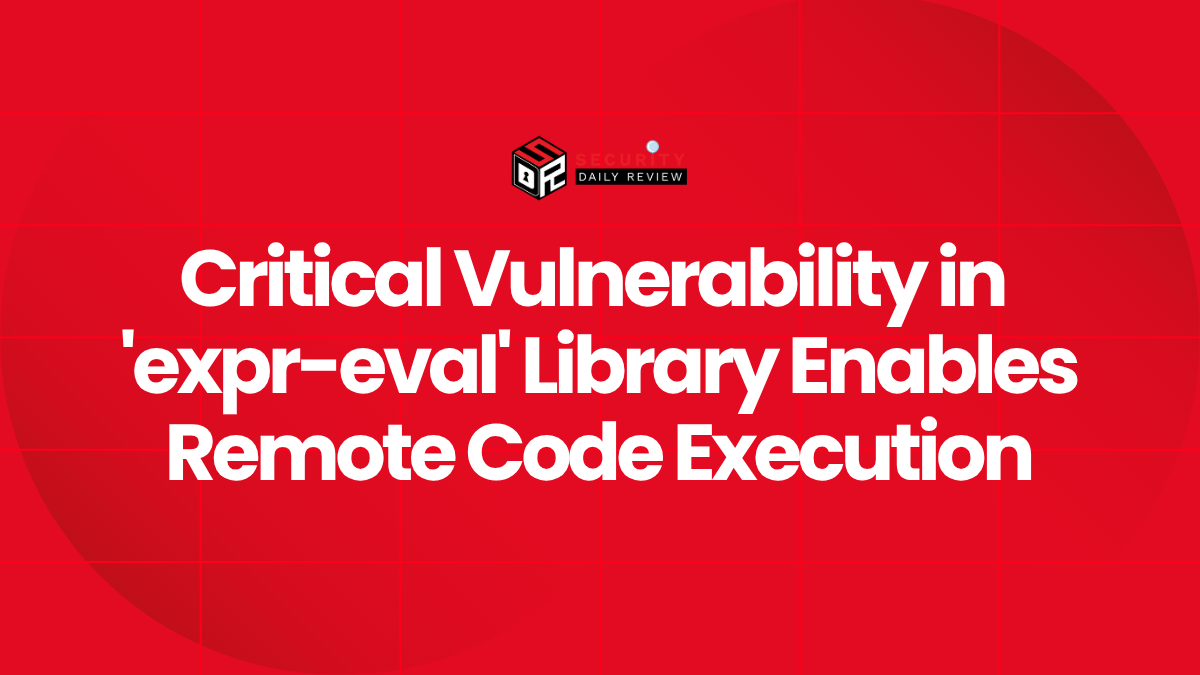Cybercriminals are stepping beyond traditional email vectors and exploiting professional platforms like LinkedIn to deliver highly targeted phishing attacks. This shift represents a growing challenge for enterprises relying predominantly on email-based security solutions. Threat actors are engaging with senior executives via direct messages, sharing malicious links designed to bypass legacy detection tools and deceive even tech-savvy recipients.
LinkedIn Emerges as a Threat Vector in Phishing Attacks
Attackers are finding success with phishing campaigns by leveraging the trust and credibility associated with professional networking platforms like LinkedIn, especially when targeting executives.
Traditionally, enterprise security strategies center around defending against phishing emails, the most common delivery mechanism for credential theft and malware. However, these protections rarely extend to non-email platforms. This creates a considerable gap when adversaries switch to using social engineering across multiple applications where users feel safer—such as LinkedIn.
Push Security, a cybersecurity company focused on cloud-native security controls, has identified a surge in phishing activity originating from social platforms. In particular, growth-stage and enterprise businesses are seeing attackers impersonate recruiters, peers, or suppliers, contacting executives over LinkedIn messaging. Instead of delivering a malicious payload via email, the attacker sends a malicious link through LinkedIn, exploiting cross-platform trust and evading email-based defenses entirely.
Phishing Tactics are Evolving Alongside Security Measures
As defenders improve email filtering, attackers adapt by exploiting gaps across less monitored communication channels.
LinkedIn’s professional context gives credibility to unsolicited contact. Attackers exploit this by crafting tailored, often role-relevant messages—a strategy which proves especially successful with executives or those in public-facing roles. As users click through these phishing links in their browsers, they’re often unaware that email filters or endpoint security systems offer no protection at that touchpoint.
In many recent attacks observed by Push Security, the phishing links do not immediately exhibit malicious behavior—avoiding detection by static link scanners or URL reputation engines. Only once the user lands on the malicious site and interacts with it does the threat become active—harvesting credentials or initiating malware downloads.
This sequencing allows attackers to delay triggering suspicious behavior, successfully bypassing:
- Secure Email Gateways (SEGs)
- Multi-factor authentication prompts (by redirecting to fake login pages)
- Endpoint protection tools that do not monitor browser traffic in real time
Real-Time Browser Protection Provides a New Layer of Phishing Defense
To defend users across multiple SaaS applications and communication platforms, real-time browser monitoring is proving essential.
In response to these cross-channel phishing campaigns, cybersecurity vendors like Push Security are promoting the use of browser-based security controls. These solutions integrate directly with the browser, where users often first encounter phishing content delivered via side channels like LinkedIn, Slack, WhatsApp, or SMS.
By analyzing web page behavior and layout contextually—as opposed to judging a link by its appearance—browser security extensions and agents can:
- Interrupt access to malicious domains in real time
- Display visual warnings to users upon detecting suspicious activity
- Analyze in-session behavior to detect credential harvesting or form jacking
- Ensure cloud application activity complies with enterprise authentication policies
These browser security tools help fill a critical gap where traditional anti-phishing platforms fall short. Since phishing threats today are not isolated to corporate email but distributed across numerous interfaces, real-time browser protection emerges as a practical frontline defense.
Security Awareness Must Expand Beyond Email
Educating users about phishing now requires a broader lens, addressing threats that arise from social and professional platforms.
As phishing surface area expands, so must security awareness initiatives. Security leaders are encouraged to expand phishing simulations and user education to include:
- Scenarios from LinkedIn or other messaging platforms
- Social engineering tactics using corporate branding or job lures
- Multi-platform phishing campaigns using short-lived URLs and QR codes
Organizations cannot rely solely on email-based detection or hope that users can always distinguish malicious communication. Security architectures must adapt to the changing tactics of threat actors—and that means including browser security, multi-channel telemetry, and contextual detection.
Threat Actors Follow the Path of Least Resistance
Attackers are opportunistic by nature, and as defenses grow in traditional areas, they seek under-protected vectors—like LinkedIn messaging, browser-based app activity, and real-time social interactions. As LinkedIn phishing attacks become both more frequent and more sophisticated, enterprises must rethink their approach to phishing protection. The browser has become the new perimeter, and defending it is no longer optional.









